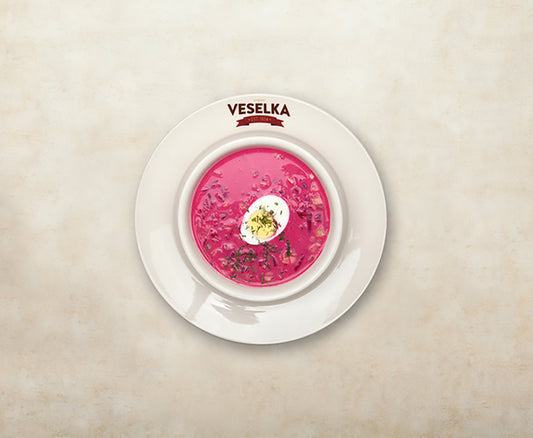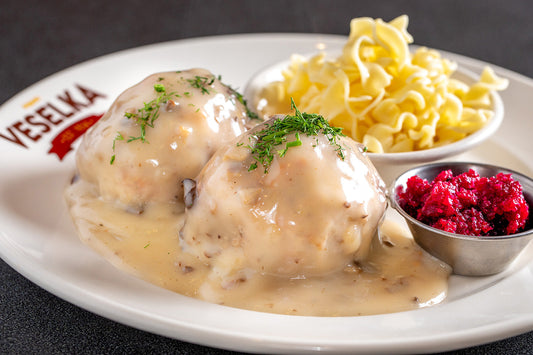Eastern European cuisine boasts a rich history shaped by cultural influences. This region, stretching from the Baltic Sea to the Black Sea, includes countries like Poland, Hungary, Ukraine, and Romania, each with a distinct culinary identity.
The food of this region tells a story of history and tradition, where influences from neighboring countries complement indigenous ingredients.
Many of these meals have earned a cherished place among the most beloved top-tier european cuisine specialties worldwide.
What Influences Eastern European Cuisine?
Geography
Geography influences much of Eastern European cuisine history. Coastlines, mostly along the Baltic and Black Seas, provide an abundance of seafood, while inland areas are rich with forests, offering game and mushrooms that have become staples in the local diet.
The region boasts a thriving dairy industry renowned for sour cream and cream cheese. The climate is also ideal for growing grains—wheat, rye, and barley—essential for bread, noodles, and dumplings. Lastly, home gardens add to the culinary scene with all kinds of fresh produce, particularly potatoes, cucumbers, kohlrabis, peppers, and dill.
Culture
Eastern European cuisine is a product of rich cultural diversity and historical influences. The Ottomans brought spices and cooking techniques, while the Austro-Hungarian Empire added some flair to dishes like goulash.
Religious traditions and cultural exchanges with both Western and Eastern Europe also played a significant role in shaping the region’s culinary identity. This cross-cultural fusion has given rise to countless variations of beloved Eastern European dishes, like stuffed cabbage and Kolaczki cookies.
Characteristics of Eastern European Cuisine History
Common Ingredients in Eastern European Cuisine
While Eastern European countries share essential culinary aspects, their ingredients and specific dishes vary. Explore the most common ingredients that define this diverse cuisine:
- Grains like wheat, barley, and rye are used in bread, dumplings, and porridge
- Dairy like sour cream, cheese, and yogurt make things richer with tartness
- Meats, including pork, beef, and poultry, that are cured or smoked for preservation
- Potatoes, cabbage, onions, and roots
- Spices and herbs like dill, garlic, paprika, and caraway seeds flavor dishes.
These ingredients, such as hearty grains, flavorful herbs, and rich dairy products, have forged a rich and diverse cuisine across generations in Eastern Europe. From nourishing stews to sweet pastries, this vibrant corner of European cuisine is filled with comfort and cultural depth.
12 Popular Dishes in Eastern European Cuisine
Eastern European cuisine history boasts a variety of dishes that have become beloved both within the region and internationally. Here are 12 must-try dishes that showcase some of the best popular european foods:
1. Borscht
Borscht, a mouth-watering beet soup which originated in what is now considered Ukraine, is undoubtedly one of the most renowned traditional dishes in the region. Traditionally it has many variants and each of its versions is distinct from another.
Thus, borscht has become a favorite dish worldwide. The dish is ruby-red and carries an intense, rich earthy flavor, making it a very comforting and satisfying meal. Borscht may be enjoyed both hot and cold and one can tailor it to taste according to different individuals' needs. A slice of dark rye bread pairs perfectly with this rich broth.
2. Stuffed Cabbage Rolls (Holubtsi)
Holubtsi, or stuffed cabbage rolls, is an extremely tasty dish. Each roll is a parcel filled with savory ground meat mixture, rice, and spices in cabbage leaves. These are very comforting when simmered in a thick tomato gravy. Holubtsi is usually eaten with family or during family gatherings or celebrations.
Similarly, sarma, a dish originating from the Ottoman Empire, features cabbage rolls infused with unique spices and techniques.
Both dishes reflect a shared heritage and highlight the diverse flavors of Eastern European dishes.
3. Pierogi (Varenyky) or Pierogies
Pierogi or varenyky are Ukrainian dumplings with different types of fillings. This dish is usually stuffed with different kinds of fillers such as potatoes, cheese, sauerkraut, mushrooms, or even fruits. These types of dumplings may be boiled or pan-cooked and come complete with fried onions and sour cream.
4. Veal Goulash
Goulash is a stew that has a whole lot of flavors. Our rendition of this classic has tender veal braised finely with a creamy, herb-imbued gravy. Rich, velvety flavors, blended with spices, bring together comfort for the family dinner. You won't believe how fast this amazing stew can become a favorite!
5. Kielbasa
This lovely Polish sausage is known for being varied and delicious. Owing to it being smoky, juicy, and deeply flavorful, it can be grilled, boiled, or fried. Whether you accompany it with sauerkraut or soups, kielbasa is always a good, hearty taste of Eastern Europe.
6. Potato Pancakes (Latkes)
Who can deny the charm of potato pancakes or latkes? Crisp, golden, and mouth-watering, latkes have remained a quintessential facet of East European cuisine. Latkes are made of grated potatoes and onions and are fried, served with sour cream or applesauce as an appetizer or side dish. Quite an appealing treat for many.
7. Pickled Vegetables
Pickled vegetables are an integral ingredient of Eastern European foods. They turn cucumbers, cabbage, beets, and garlic into tangy, crunchy delights through the art of fermentation. These pickles add a refreshing contrast to a richer dish and showcase regional culinary traditions.
8. Medovyk
Medovyk, or honey cake, is a cherished dessert in Eastern European cultures. Often hailed as a royal dessert, Medovyk earns its regal title through its intricate preparation. It’s composed of numerous layers of delicate honey sponge cake, each one sandwiched with a rich, creamy filling. It gives just enough sweetness at each mouthful so that one can relish it and never tire of it. It is one of the most adored delicacies in Eastern Europe.
9. Chicken Paprikash
True comfort food from Hungary— chicken paprikash with tender cubes of chicken simmered in a paprika herb-cream sauce. Its meltingly succulent sauce and soft chicken are served over steaming egg noodles.
10. Beef Stroganoff
Tender beef, onions, and mushrooms encase a rich, smooth blanket of comfort in this old-world recipe. A simple dish, best served with egg noodles, becomes gourmet when Beef Stroganoff graces it.
11. Sauerkraut
Fermented cabbage known as sauerkraut is a zesty accompaniment that complements many traditional European cuisine dishes. It brightens up almost any dish, like sausages, stews, and roasted meats, into something unique.
12. Kolaczki Cookies
Kolaczki cookies are simply delicious: filled with fruit preserves or sweet cheese. Often dusted with powdered sugar, these delicate treats are a festive favorite in Eastern Europe. They are deliciously flaky with a sweet filling, making them the perfect end to any meal.
Savor the East European Cuisine History of Flavors at Veselka
Veselka, a beloved Eastern European restaurant in New York City, offers a flavorful journey through the region’s rich culinary traditions—especially Ukrainian food, which plays a starring role on the menu.
From comforting bowls of borscht to delicate pierogi and hearty goulash, Veselka celebrates the depth and diversity of both Ukrainian food and broader Eastern Euro food.
Whether you’re craving sweet medovyk or savory stuffed cabbage, Veselka's menu covers it all with authenticity, warmth, and pride - featuring some of the most famous european dishes from Eastern Europe.
Ready to order Ukrainian food online? Order now and enjoy tradition delivered fresh!
You may find this helpful:





